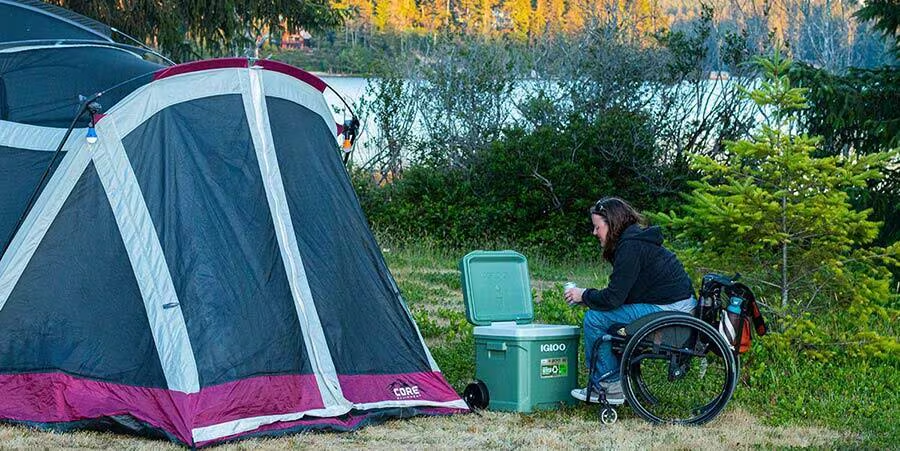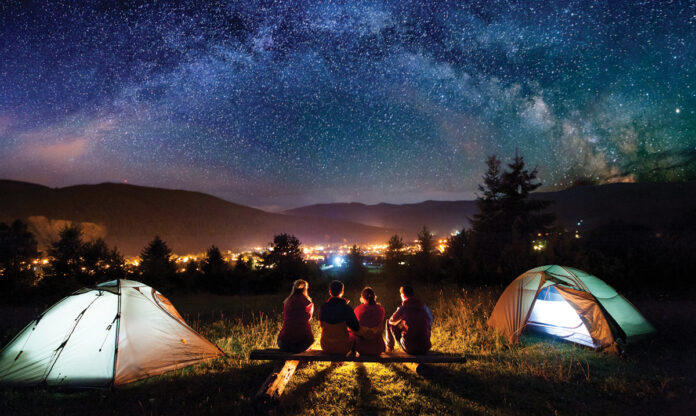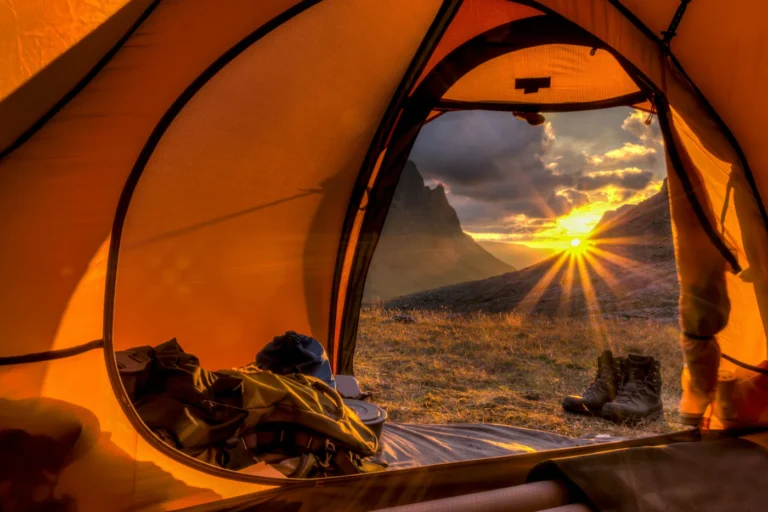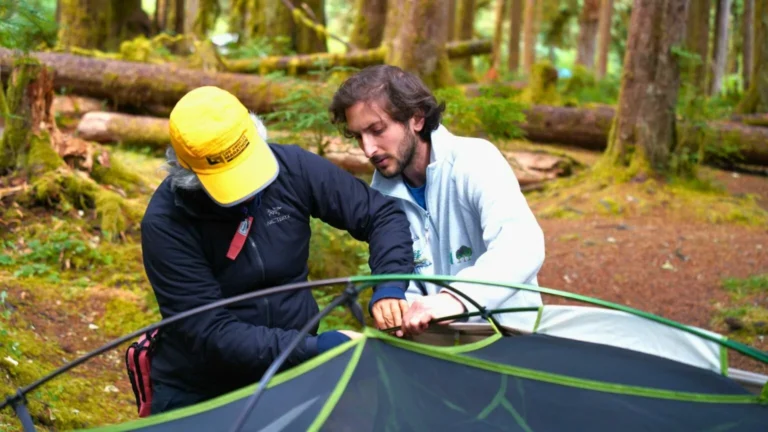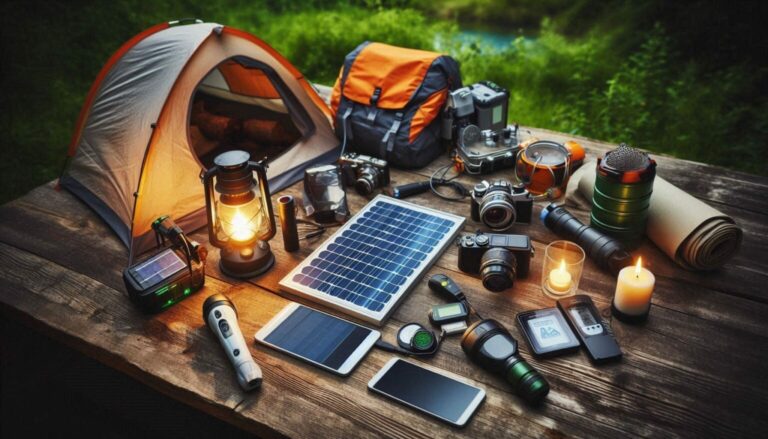Adaptive Camping Guide: Enjoy the Great Outdoors Without Restrictions
No matter your level of mobility, physical ability, or medical needs, camping is for everyone. Because of careful preparation, inclusive equipment, and accessible locations, adaptive camping makes the great outdoors accessible and pleasurable for everyone. This guide explains everything you need to know for a safe, empowering adventure, regardless of whether you’re new to adaptive camping or assisting someone else in organizing their first trip.
What is Adaptive Camping?
Adaptive camping refers to outdoor camping experiences designed to accommodate individuals with disabilities or limited mobility. It focuses on making nature more inclusive by using specialized gear, accessible campsites, and supportive planning.
This can include:
- Wheelchair-accessible tents and trails
- Adaptive equipment (like off-road wheelchairs or seated hiking supports)
- Campsites with paved pathways and accessible restrooms
- Modifications for visual, hearing, or sensory impairments
Why Adaptive Camping Matters
The mental and physical benefits of camping are universal:
- Stress reduction and mental wellness
- Connection with nature
- Increased independence and confidence
- Stronger social bonds through shared experiences
Making camping accessible ensures everyone gets the chance to experience these benefits, no matter their ability level.
Planning Your Adaptive Camping Trip
1. Choose the Right Location
Look for ADA-compliant or universally designed campgrounds. Key features to check:
- Wheelchair-accessible restrooms and showers
- Level terrain and paved paths
- Accessible picnic tables and fire rings
- Nearby medical facilities if needed
2. Adaptive Camping Gear Essentials
Here’s a breakdown of key gear:
| Equipment | Purpose |
|---|---|
| Accessible tents | Roll-in doors, extra space for mobility aids |
| Cots or elevated sleeping platforms | Easier transfers from wheelchair |
| Portable ramps | For uneven terrain or platform access |
| All-terrain wheelchairs or scooters | For trails and rough ground |
| Voice-activated lights or alarms | Helpful for visual impairments |
| Portable shower/toilet kits | If facilities aren’t fully accessible |
3. Meal Prep and Cooking
Keep food prep simple and safe:
- Use camp stoves with one-touch ignition
- Pack pre-chopped ingredients
- Bring adaptive utensils or grip aids
- Opt for meals that require minimal cleanup
🥘 Example: Foil pack meals (chicken + veggies + olive oil + seasoning) are easy to prepare and cook over a fire or grill.
4. Activities for All Abilities
Camping doesn’t just mean hiking. Consider:
- Nature photography
- Birdwatching with adaptive binoculars
- Accessible kayaking or fishing
- Stargazing with audio-described apps
- Campfire storytelling and games
- Bring all necessary medications and store them in a safe, dry place
- Share your itinerary with someone not on the trip
- Create an emergency contact list
- Make sure any caregivers or companions are briefed on specific needs
Organizations Supporting Adaptive Adventures
These groups offer programs, gear rentals, and education:
- Disabled Sports USA
- National Ability Center
- Outdoors for All Foundation
- Paradox Sports
- Wilderness Inquiry
Many also host inclusive group trips that combine social connection with outdoor fun.
Final Thoughts
Adaptive camping is not just possible — it’s empowering. With the right preparation, tools, and mindset, anyone can enjoy the serenity and thrill of the outdoors. Nature doesn’t judge. It welcomes all with open skies and endless trails.
Whether you’re a seasoned camper or just getting started, remember this: Adventure belongs to everyone.

